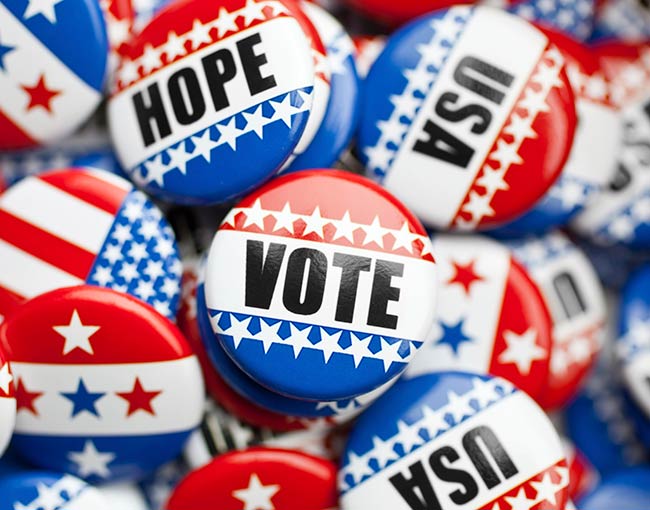An election in a dead heat or too close to call leading up to Election Day.
Don't Stop
Over the last 50 years, polling potential election outcomes has become a mainstay practice in American politics. Though media outlets love to follow polls for horserace coverage, the accuracy of polls has been often called into question, particularly since the 2016 presidential election. Nevertheless, polls remain an essential part of the public conversation on any candidate's potential path to victory.
Media outlets and political analysts often categorize races along the lines of "safe/solid," "likely," "leaning," or "toss-up" based on their methods of analysis. Polling and demographic data factor into these race designations. Those races rated as toss-ups are seats where polls have seesawed on the expected winner or where a candidate's lead is within the pollster's margin of error.
I Won't Back Down
Pre-election analysis of toss-up races is important in helping to understand which party may see noticeable gains in an election, especially for the control of a particular chamber. In recent years, statistics has taken a more prominent role in election coverage with the emergence of figures like Nate Silver of FiveThirtyEight. Rather than just looking at polls, those statisticians transform polls into a probability - or forecast - of outcomes.
During a midterm election, the incumbent president's party typically loses an average of 22 seats. In the lead-up to the 2010 midterm election, 46 House Democratic seats were rated as toss-ups, and House Republicans wound up picking up a party record of 63 seats and taking control of the chamber. If a president's approval rating is below 50%, that average increases to a 35 seat loss. President Obama had a 45% approval rating at the time of the 2010 election, and President Trump's approval rating going into the election today is 40%.
We're Not Gonna Take It
According to its final pre-election predictions released yesterday, the Cook Political Report lists 50 House seats as potential toss-ups. Of those, 47 Republican-held seats are rated as toss ups, while only three Democratic seats are rated as toss-ups. Democrats only need a net gain of 23 seats to take back the House majority.
In the Senate, the trend is reversed, with Cook rating three seats currently held by Democrats and two seats held by Republicans as toss-ups. Though this number of potential Democratic pickups may seem underwhelming in what could be a wave election for their party, Democrats are defending nearly three times the number of Senate seats as Republicans this year. In both chambers, these toss-ups will decide which party will control the House and Senate.





